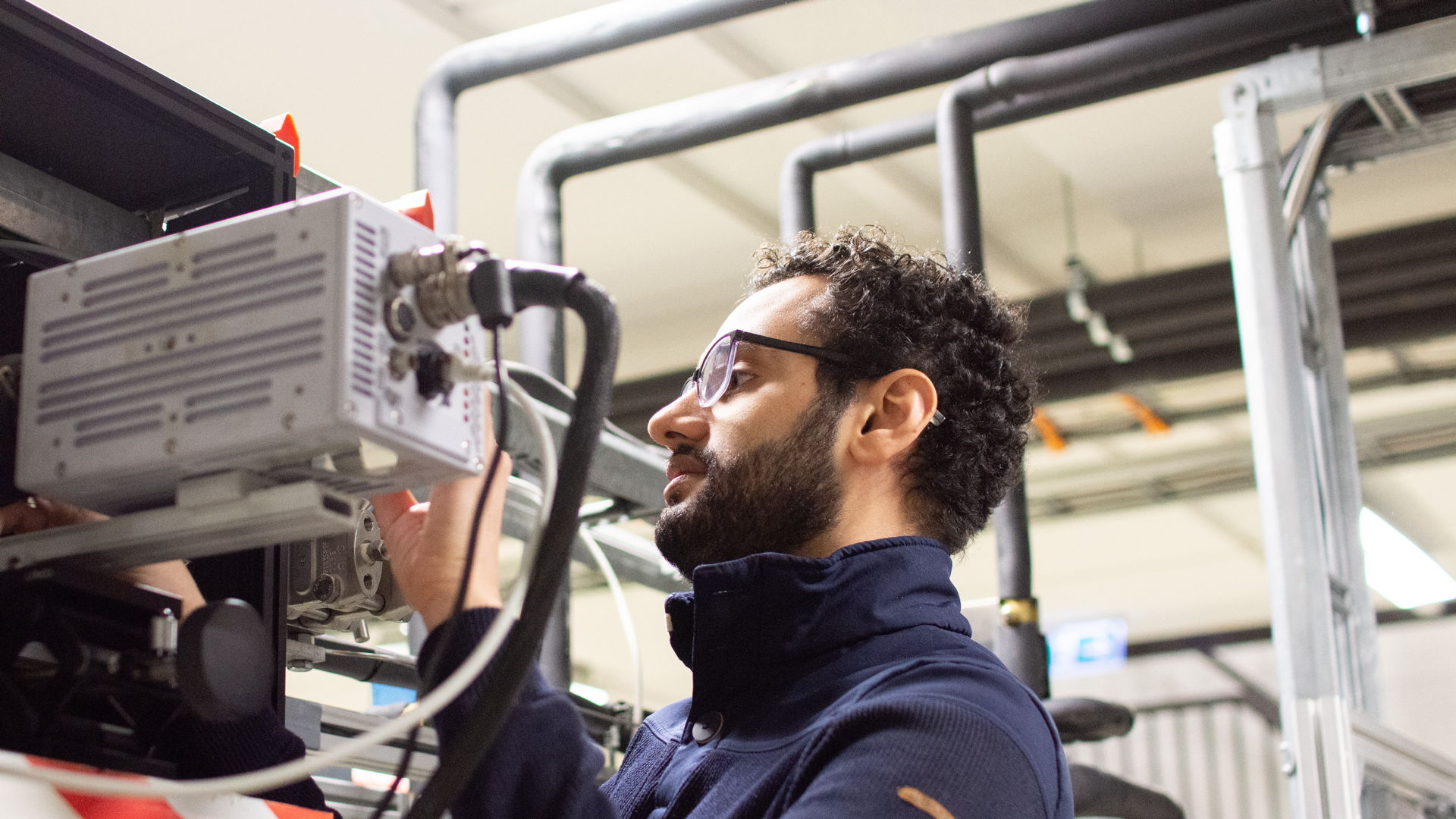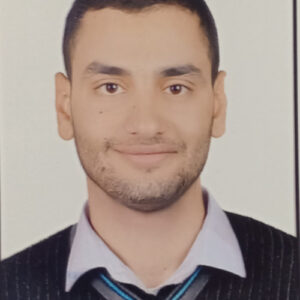This blog post is mainly about my PhD project, but students who are interested in learning about my path from master’s student to PhD candidate can scroll down to “From student to PhD Candidate”.
During transport of CO2 in pipelines, as in Carbon Capture and Storage (CCS), the flow can experience two-phase flow instabilities. These two-phase flow instabilities means that the flow can oscillate leading to boiling or condensation of the fluid during the transportation of the CO2. In the large project which I am affiliated with, we are investigating the characteristics of these instabilities. In addition, we also investigate the effect of the operating parameters like system pressure and heating power.
A topic that has received little attention
The design of the CO2 pipelines related to CCS requires to advance the understanding of the mechanics leading to two phase flow instabilities that can prevent their occurrence for designing suitable control strategies of the instabilities. However, almost no research has been conducted in this area. One reason can be that CO2 has been transported in pipelines as single-phase flow for example in Enhance Oil Recovery during the past decades.
However, the transport of CO2 in CCS is expected to be as a mixture of liquid and vapor and the new scenario has motivated several open research questions in which I am focusing my part of the research. My work will be also providing experimental study cases that can be used for example in the validation and assessments of simulation software.
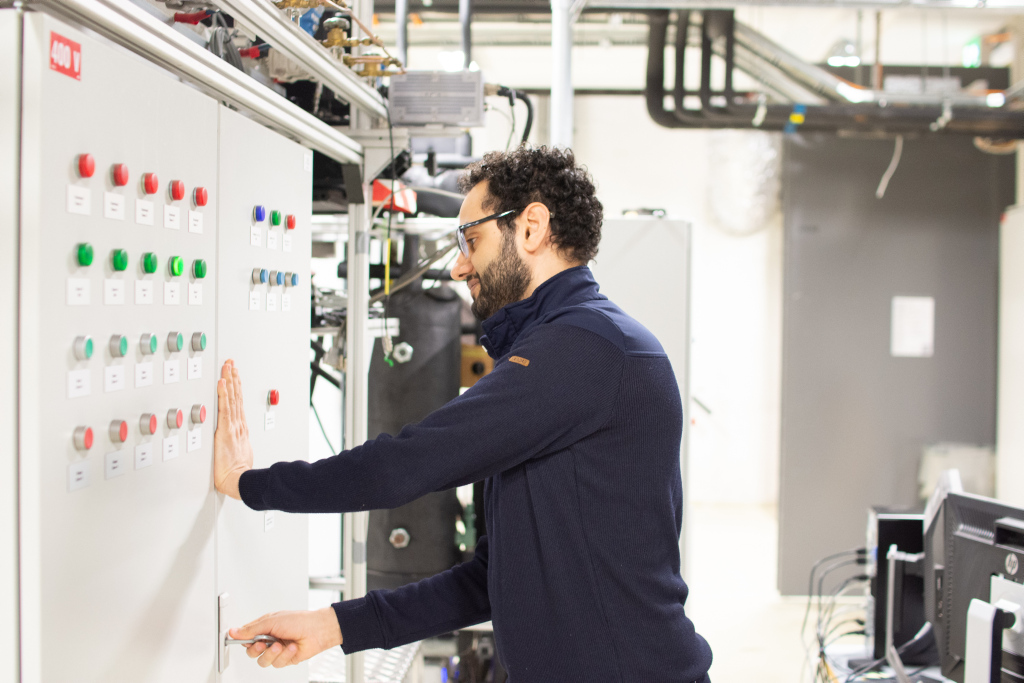
Trigging instabilities in the lab to understand, control and prevent them
The research is conducted by experimental work at the Two-Phase Flow Instability facility. The set-up of the facility includes heater, condenser, pump, and 5m high u-tube section. We are using LabView to control the operation. The observation and data processing is done by MATLAB. Meanwhile, we use a highspeed camera to visualize the flow in real-time. By controlling the operating conditions, we can trigger the instabilities. Then, we investigate the effect of various parameters on the instabilities and we seek to understand the mechanisms controlling the characteristics of the instabilities, and how to control and prevent the occurrence of the flow instabilities.
In the video below, you can observe a example of ongoing research. On the top you can see a video feed taken by highspeed camera. In the middle is the flow velocity depicted in a graph. The bottom graph shows the flow temperature (black) and the local saturation temperature (red). The video time corresponds to the blue range in the middle and bottom graphs. The moving red dot is synchronized to the video time frame. The video illustrates an example of flow instability where the flow oscillates due an internal feedback process inside the pipe.
New knowledge can be applied to other cooling areas
In addition to the focus of my research, two -phase flow instabilities play an important role in the operation of high heat flux systems such as nuclear and conventional power plants, medical equipment, electronic cooling, etc.
Related to future green energy solutions, the topic of my research is of importance in the design of passive safety methods in nuclear reactors, or to contribute the thermo-hydraulic design of new small modular reactors concepts.
Furthermore, the need of efficient cooling of electronics from computers to data servers requires in some cases two-phase flow cooling approaches, but the occurrence of the flow instabilities can deteriorate the performance of the cooling.
From student to PhD Candidate
My master’s thesis focused on studying the flow instabilities related to the operation of boiling water reactors. I continue working in the same physics, only applied to the transport of CO2 in pipelines. But how was my path into this as a student?
My fourth master’s semester at Politecnico di Milano, POLIMI, Italy, was part of the ENHANCE exchange student program supported by ERASMUS. Out of the Enhance partners, I chose NTNU as my next stop. My choice was because of the Thermal Two-Phase Flow Laboratory at the Department of Energy and Process Engineering. I was interested in their research topics and decided to develop my master’s thesis under their supervision. When I finished my master thesis, I got an offer to work as PhD candidate in the same research group.
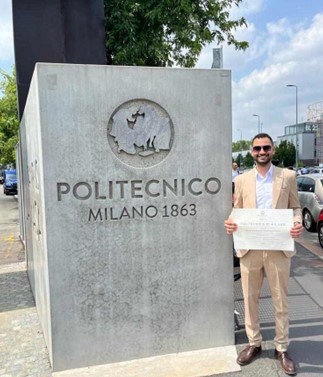
My Master’s was related to nuclear reactors
In my Master’s thesis, the goal was to investigate the mechanisms of two-phase flow instabilities in a vertical heated boiling pipe with the aim to reproduce conditions equivalent to the incidents observed in the Boiling Water Reactors (BWR) in the 90s. My work was mainly experimental research where I combined fluid mechanics and thermal engineering to a nuclear engineering problem.
Boiling Water Reactors (BWR) are the second most common type of nuclear reactors. Today, there are 63 BWR in operations of a total 413 nuclear reactors in operation worldwide. In a Boiling Water Reactors, water is used both as coolant and a neutron moderator. The water in the nuclear core turns to steam that drives the steam turbines. When boiling a refrigerant like water in a heated pipe, under some specific conditions, the flow can evolve into self-sustained oscillations. This means the flow, the pressure and the temperature in the pipe oscillate. These oscillations are normally called two-phase flow instabilities.
Incidents related to flow instabilities has led to a renewed interest
In the case of the cooling of the BWR, the flow oscillations can affect the efficiency of the cooling process and thus increasing the wall temperature of the fuel rods. In addition, the water acts as neutron moderator slowing down the neutrons to be able to fission another atom. In this case, the flow oscillations can affect the amount of vapor present in the core leading to a change in reactivity of the reactor. Due to these reasons, two-phase flow oscillations are avoided during operation. The effect of flow instabilities in the heat transfer has been a main topic of research in the Thermal Two-Phase Flow Lab at NTNU in the past decade.
However, two-phase flow instabilities might occur during starting up, shutting down, transient conditions and accident scenarios. For example, incidents of power oscillations related to two-phase flow instabilities have been reported in LaSalle unit 2 in 1988, Washington Nuclear Power unit 2 in 1992, and Oskarshamn-2 in 1999. Recently there was an announcement that there will be constructed a 300MW BWR (BWRX-300 Small Modular Reactor) next year in 2025 in Ontario, Canada expecting to achieve first power in 2029.Another SMR reactor of 32MW (CAREM 25) is in the last phase of construction in Buenos Aires, Argentina. The growing interest in Small Modular Reactors, SMR, has motivated a renewed interest in two-phase flow instabilities.
From experiments to finished degree
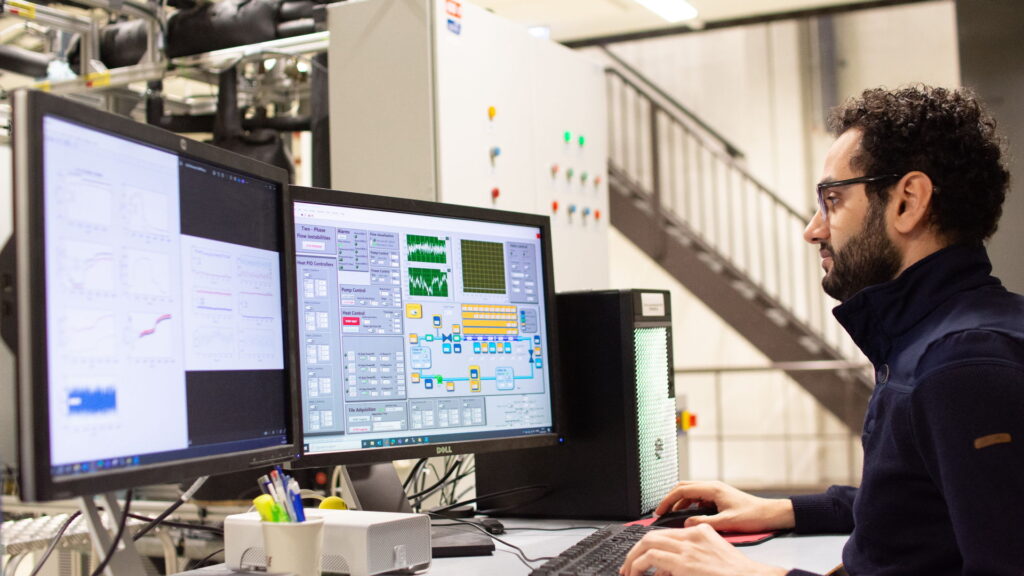
First, I spent tens of hours to learn the operation of the Two-Phase Flow Instability facility. This facility has operated for the last 10 years and has been used for similar studies. When I managed to control the operation of the facility, I was ready to conduct my research. After tens of experimental studies, I was able to produce experimental results that finally allow me to write my thesis.
Sometime the facility or the experiment were not helpful, and most experiments were repeated once and again. Although this was frustrating, I understood that it was part of the process and with each experiment my confidence increased.
In addition to the experimental work, the master’s thesis work provided me with new skills in literature review, experimental research, academic writing, formatting research questions, time-management and more.
About the author
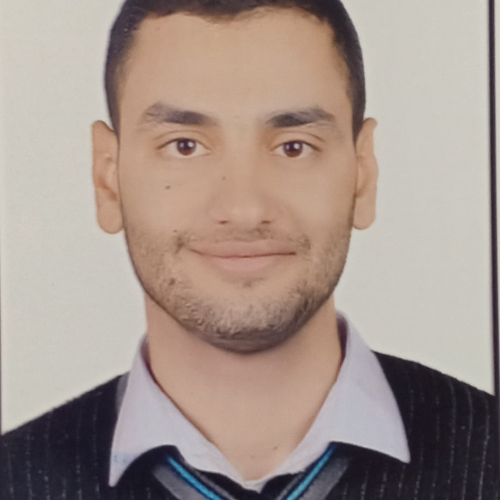
Karim Yassin is a PhD Candidate at NTNU – Department of Energy and Process Engineering. His PhD project is affiliated with Phenomenological study of unstable two-phase CO2 flow in a pipeline system, PUSCO, financed by Equinor, Energy AS, Total Energies, EP Norge AS, Gassco AS and the Research Council of Norway. Partners in the project are SINTEF ENERGI AS and Institutt for energiteknikk avd Kjeller (IFE). His main supervisor is Professor Carlos Alberto Dorao, and his co-supervisor is Professor Maria Fernandino.

